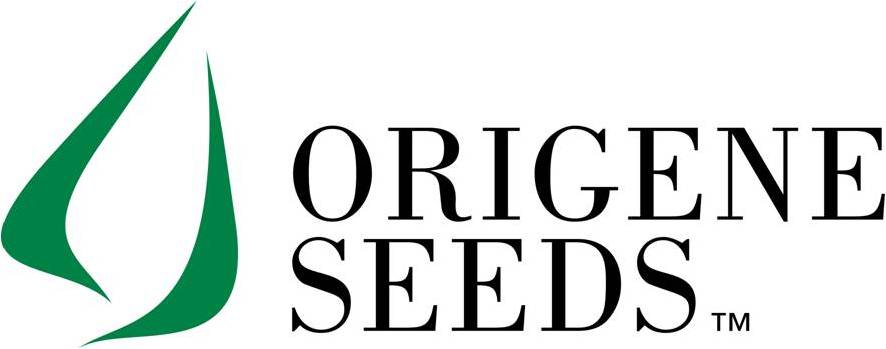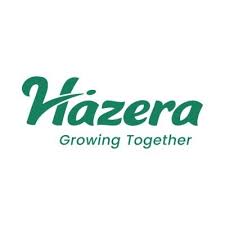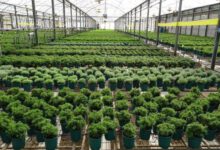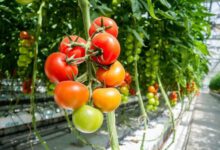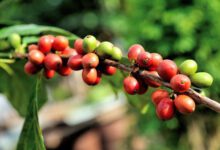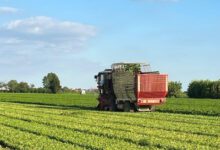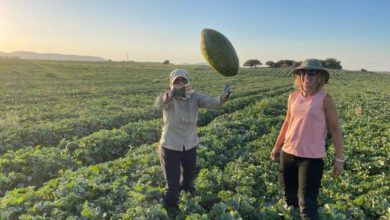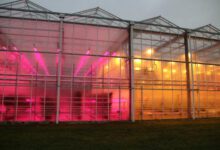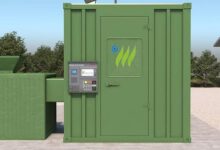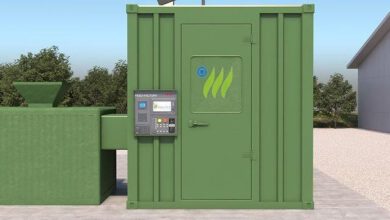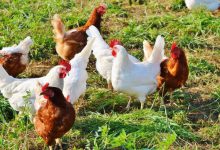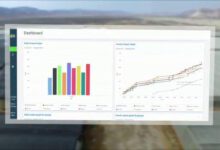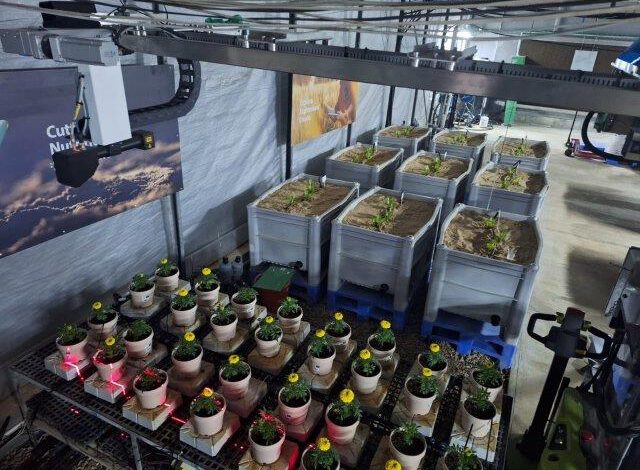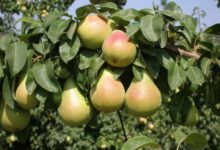Precision Agriculture
6 days ago
Tracking Agricultural Phenology in Northern Negev (Shikma Farm) with VENµS Satellite
Arnon Karnieli (karnieli@bgu.ac.il), The Remote Sensing Laboratory, Jacob Blaustein Institutes for Desert Research Ben Gurion University*…
Green Energy
6 days ago
Cultivating Harmony: A Deep Dive into Organic Farming
In the heart of the Negev Desert, amidst the rugged terrain of Ashalim, lies a…
Green Energy
1 week ago
Hishtil’s Path to Carbon Footprint Reduction
One of Hishtil’s core visions is to become a leading and innovative nursery firm to…
Smart Farming
2 weeks ago
Haifa’s Entry into a New Era of Plant Growth Research and Monitoring
In recent years, the integration of 3D LiDAR (Light Detection and Ranging) scanners in plant…
Sustainability
March 21, 2024
Fertilizers’ Surprising Impact on the Environment
Fertilizers provide the nutrients crops need to achieve high quality and yields. But how do…
Crop Quality
March 21, 2024
Protecting crops against tomato brown rugose fruit virus
Peroxide UltraPureTM results in healthier crops in tomato and pepper greenhouses Understanding the Impact of…
Sustainability
February 14, 2024
Empowering Growth: Cultivate Prosperity with Genesis Seeds’ ‘Prospera Active’
Basil (Ocimum basilicum L.) is indeed a versatile crop with a growing demand in various…
Sustainability
January 31, 2024
OriGene Seeds Shines at Fruit Logistica Exhibition: A Glimpse into Brazil and Spain Representations
OriGene Seeds, a global leader in the vegetable seeds breeding and marketing industry, is gearing…
Crop Quality
January 1, 2024
OriGene Seeds Bolsters Mexican Market Presence, Targeting USA Customers
OriGene Seeds, a global leader in cucurbits varieties, is intensifying its presence in Mexico, a…
Agriculture Knowledge
January 1, 2024
Shaping Methods in Pears
Raphael A.Stern (raffi@migal.org.il) , Israel Doron North Research and Development Station – MIGAL* Introduction ‘Spadona’…

